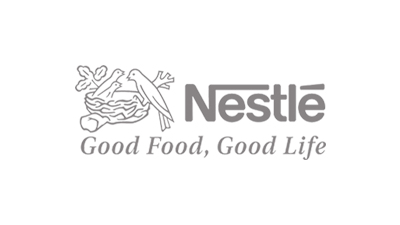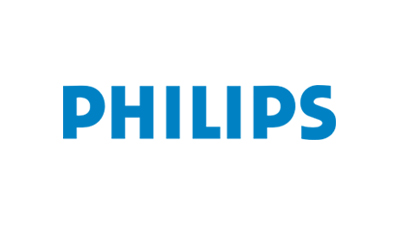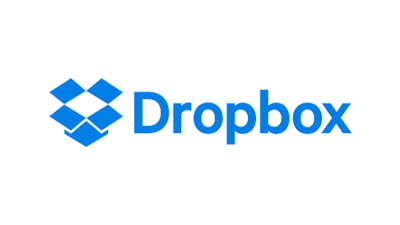Spider silk is among the strongest known biomaterials. It is the silk used for the framework of the web and it is used to catch the spider if it falls. As such, it is stronger and much more flexible than KEVLAR?. Due to its incredible mechanical properties, spider silk is being considered for use as a new biomaterial for drug delivery and tendon and ligament replacement/repair, as well as athletic gear, military applications, airbags, and tire cords. However, spiders cannot be farmed for their silk as they are cannibalistic and territorial. The most reasonable alternative for producing spider silk fibers is to utilize genetic engineering to produce the proteins in a foreign host and then spin fibers from the synthetic protein. Scope of the Report: This report focuses on the Synthetic Spider Silk in North America market, especially in United States, Canada and Mexico. This report categorizes the market based on manufacturers, countries, type and application. Market Segment by Manufacturers, this report covers Bolt Threads Kraig Biocraft Laboratories Spiber AMSilk Market Segment by Countries, covering United States Canada Mexico Market Segment by Type, covers Genetically Modified Yeast Fermentation Genetically Modified Silkworm Genetically Modified E. Coli Fermentation Others Market Segment by Applications, can be divided into Automobile Textile Health Care Military Other There are 15 Chapters to deeply display the North America Synthetic Spider Silk market. Chapter 1, to describe Synthetic Spider Silk Introduction, product type and application, market overview, market analysis by countries, market opportunities, market risk, market driving force; Chapter 2, to analyze the manufacturers of Synthetic Spider Silk, with profile, main business, news, sales, price, revenue and market share in 2016 and 2017; Chapter 3, to display the competitive situation among the top manufacturers, with profile, main business, news, sales, price, revenue and market share in 2016 and 2017; Chapter 4, to show the North America market by countries, covering United States, Canada and Mexico, with sales, revenue and market share of Synthetic Spider Silk, for each country, from 2012 to 2017; Chapter 5 and 6, to show the market by type and application, with sales, price, revenue, market share and growth rate by type, application, from 2012 to 2017; Chapter 7, 8 and 9, to analyze the segment market in United States, Canada and Mexico, by manufacturers, type and application, with sales, price, revenue and market share by manufacturers, types and applications; Chapter 10, Synthetic Spider Silk market forecast, by countries, type and application, with sales, price and revenue, from 2017 to 2022; Chapter 11, to analyze the manufacturing cost, key raw materials and manufacturing process etc. Chapter 12, to analyze the industrial chain, sourcing strategy and downstream end users (buyers); Chapter 13, to describe sales channel, distributors, traders, dealers etc. Chapter 14 and 15, to describe Synthetic Spider Silk Research Findings and Conclusion, Appendix, methodology and data source
Table of Contents 1 Market Overview 1.1 Synthetic Spider Silk Introduction 1.2 Market Analysis by Type 1.2.1 Genetically Modified Yeast Fermentation 1.2.2 Genetically Modified Silkworm 1.2.3 Genetically Modified E. Coli Fermentation 1.2.4 Others 1.3 Market Analysis by Applications 1.3.1 Automobile 1.3.2 Textile 1.3.3 He









